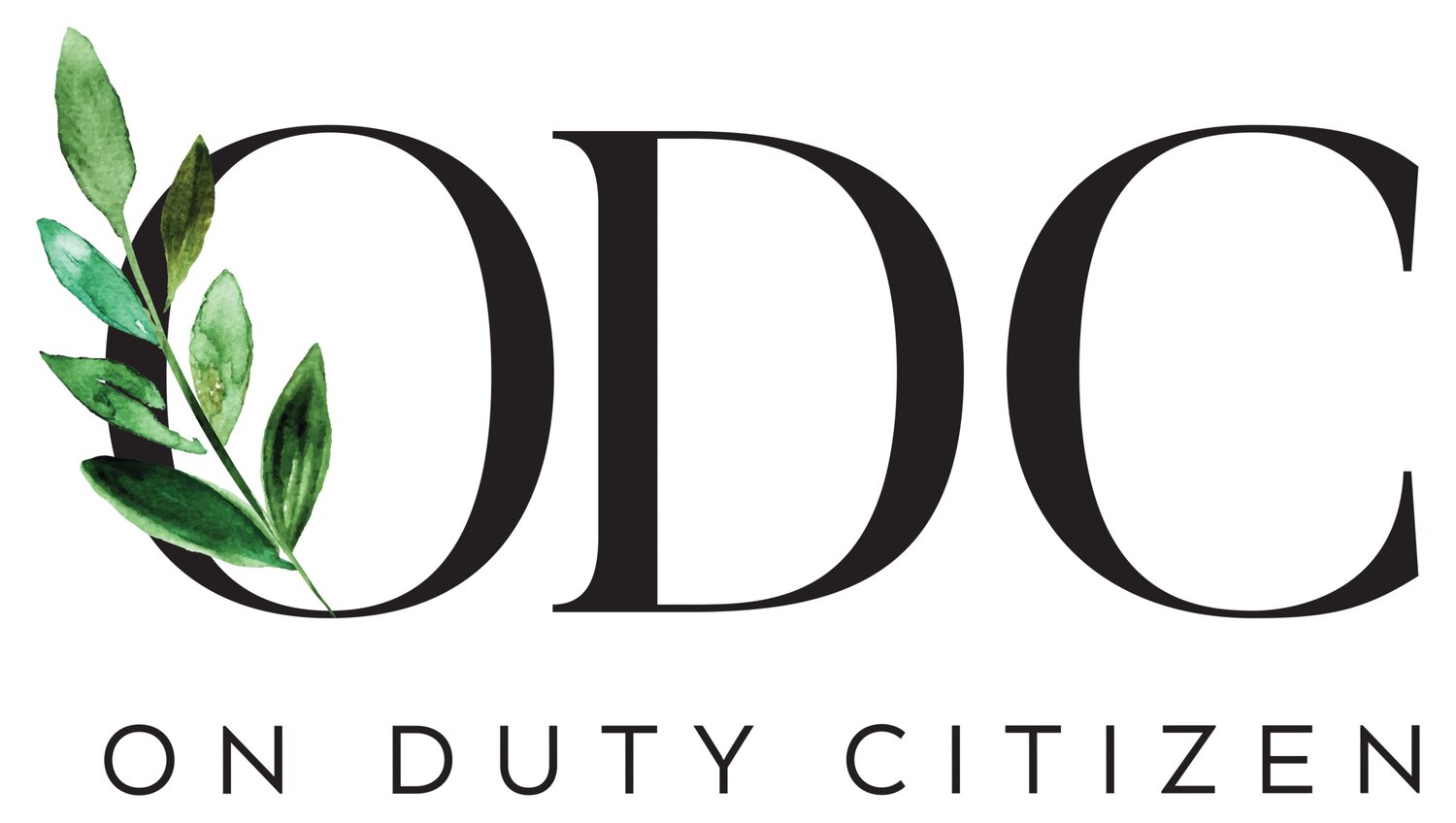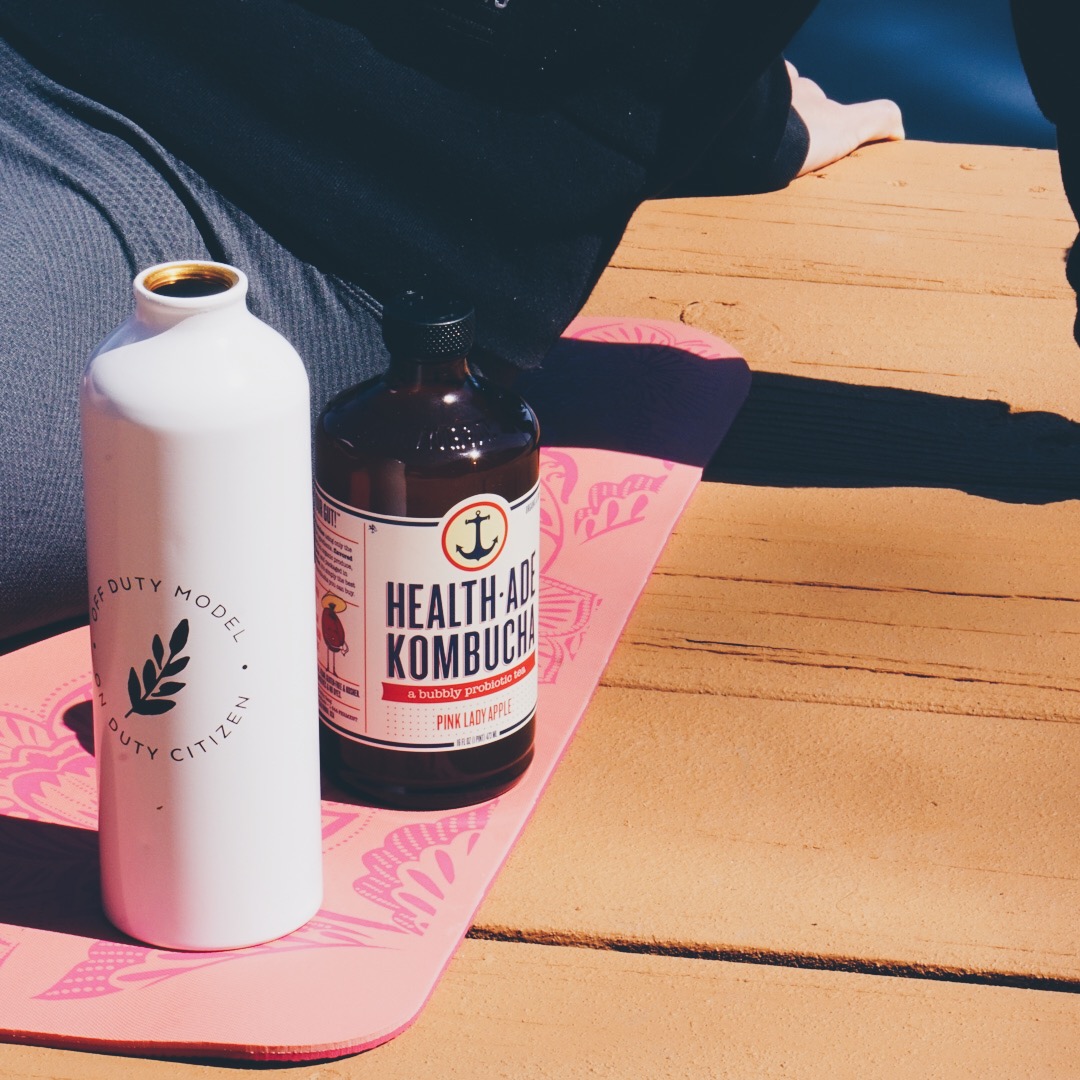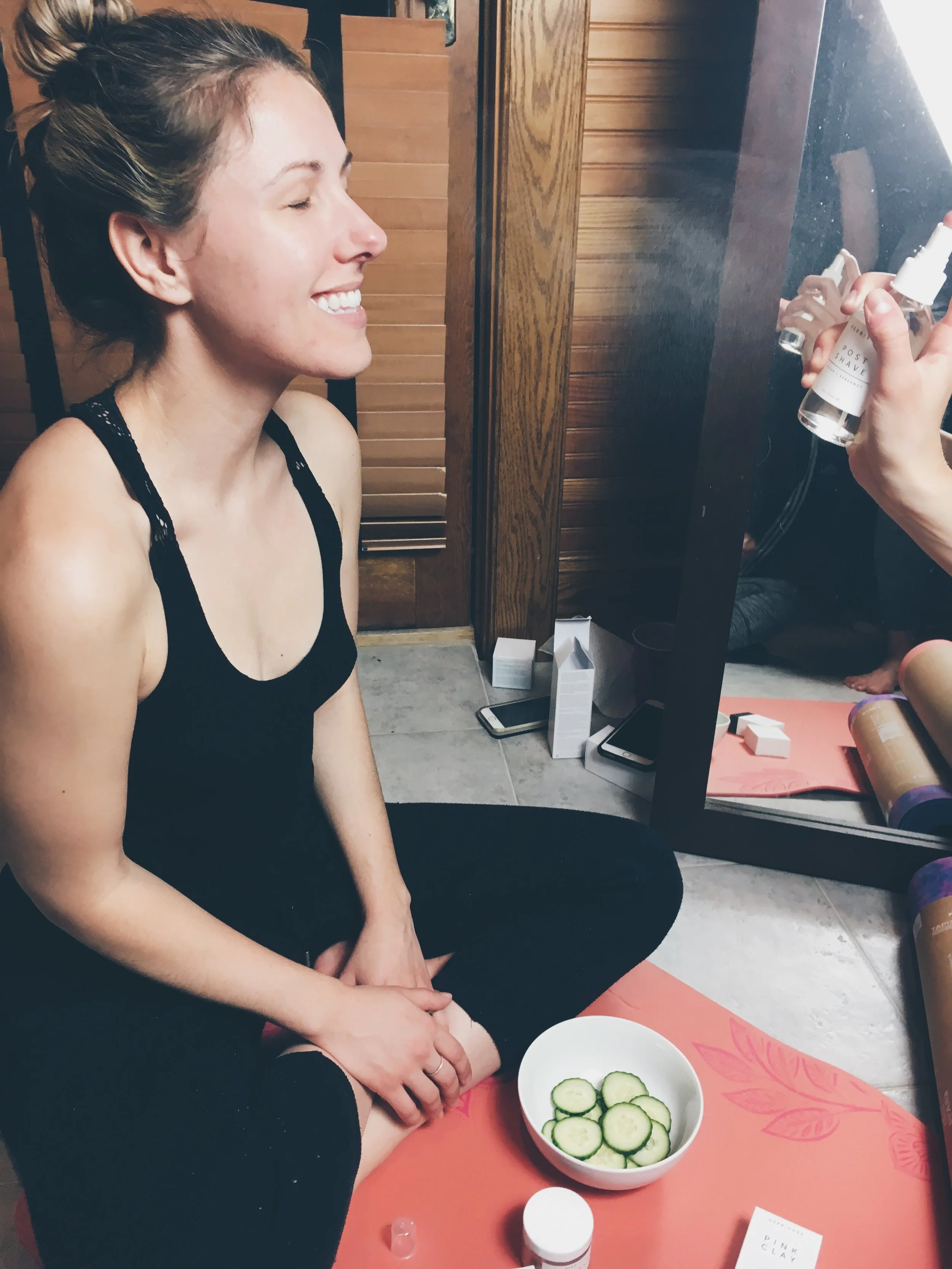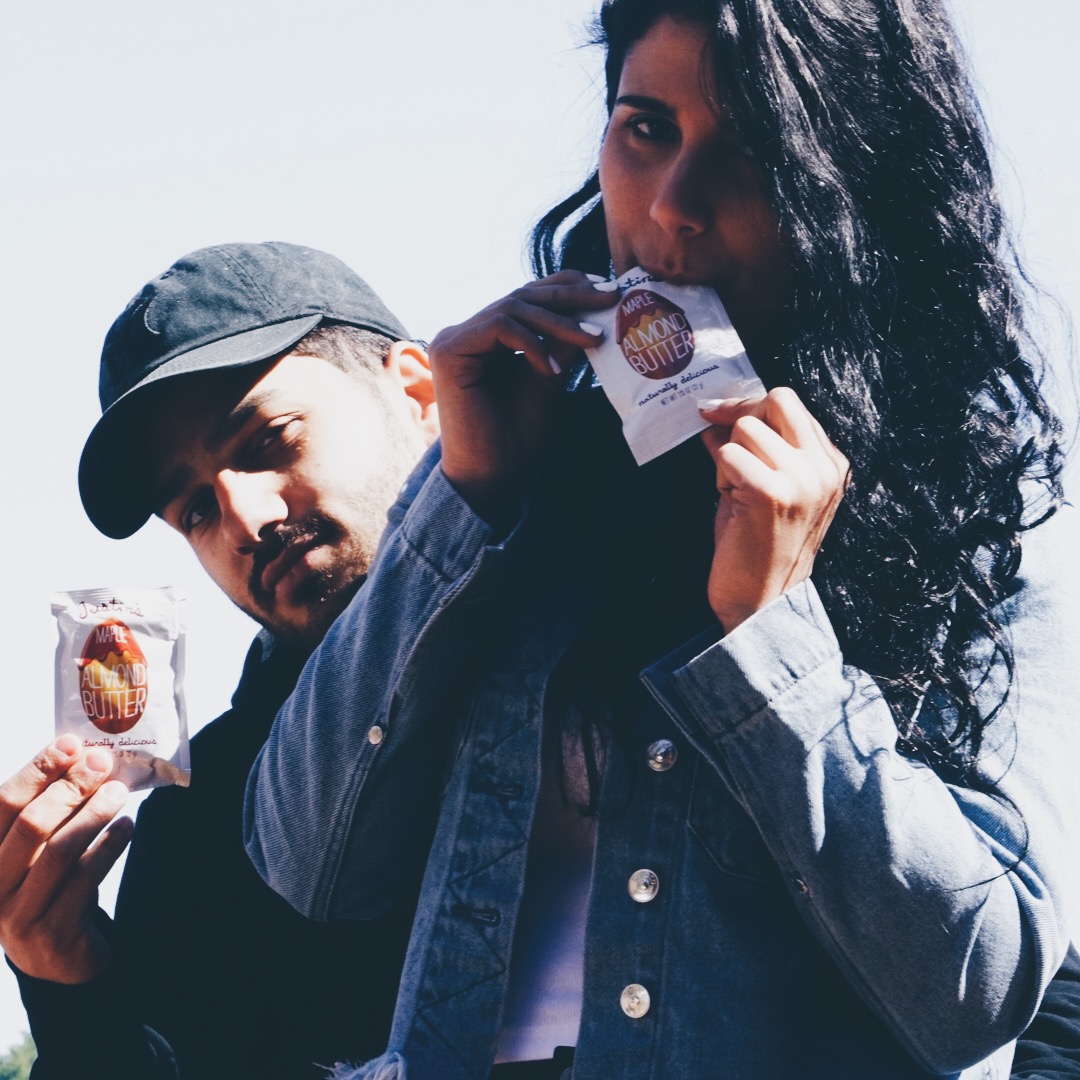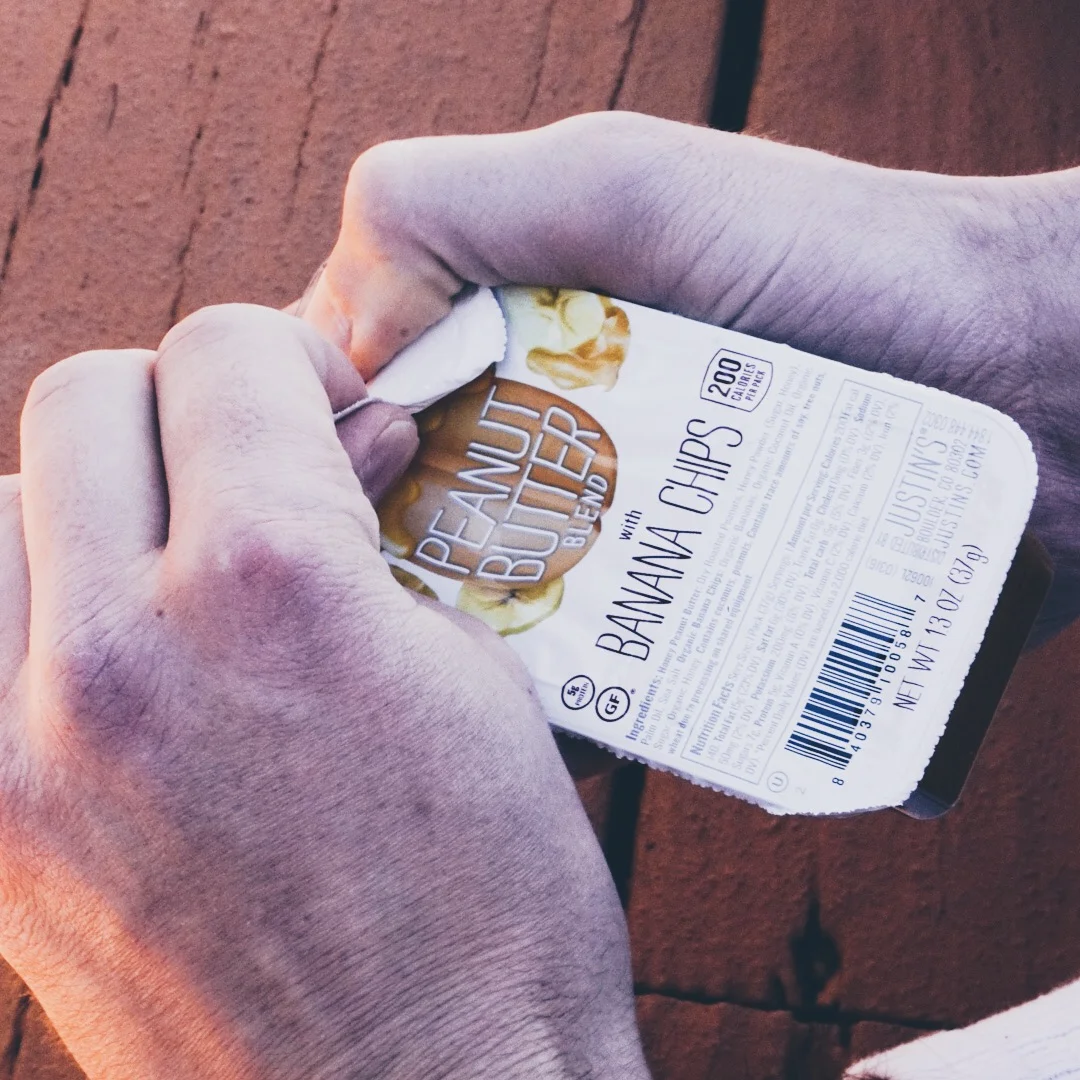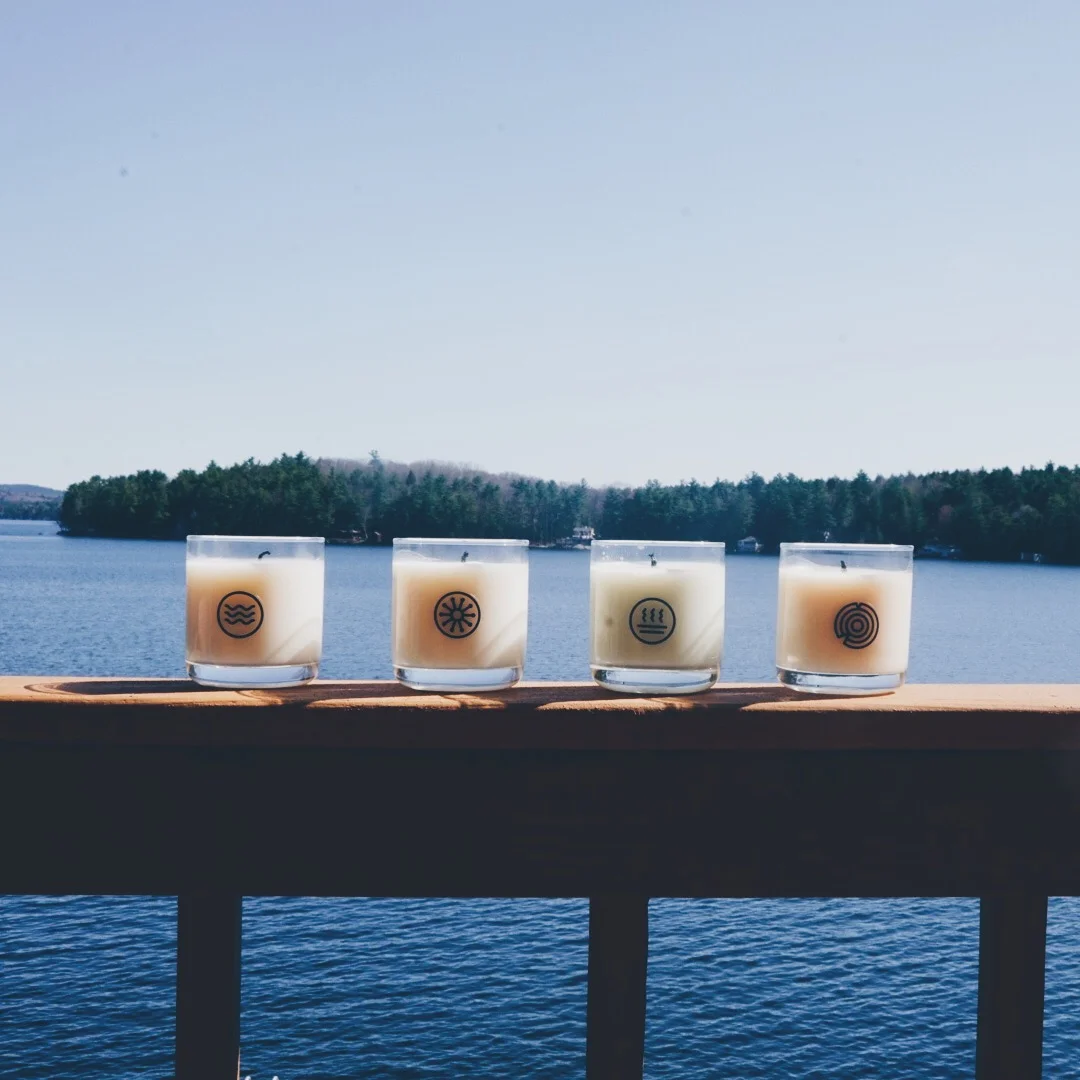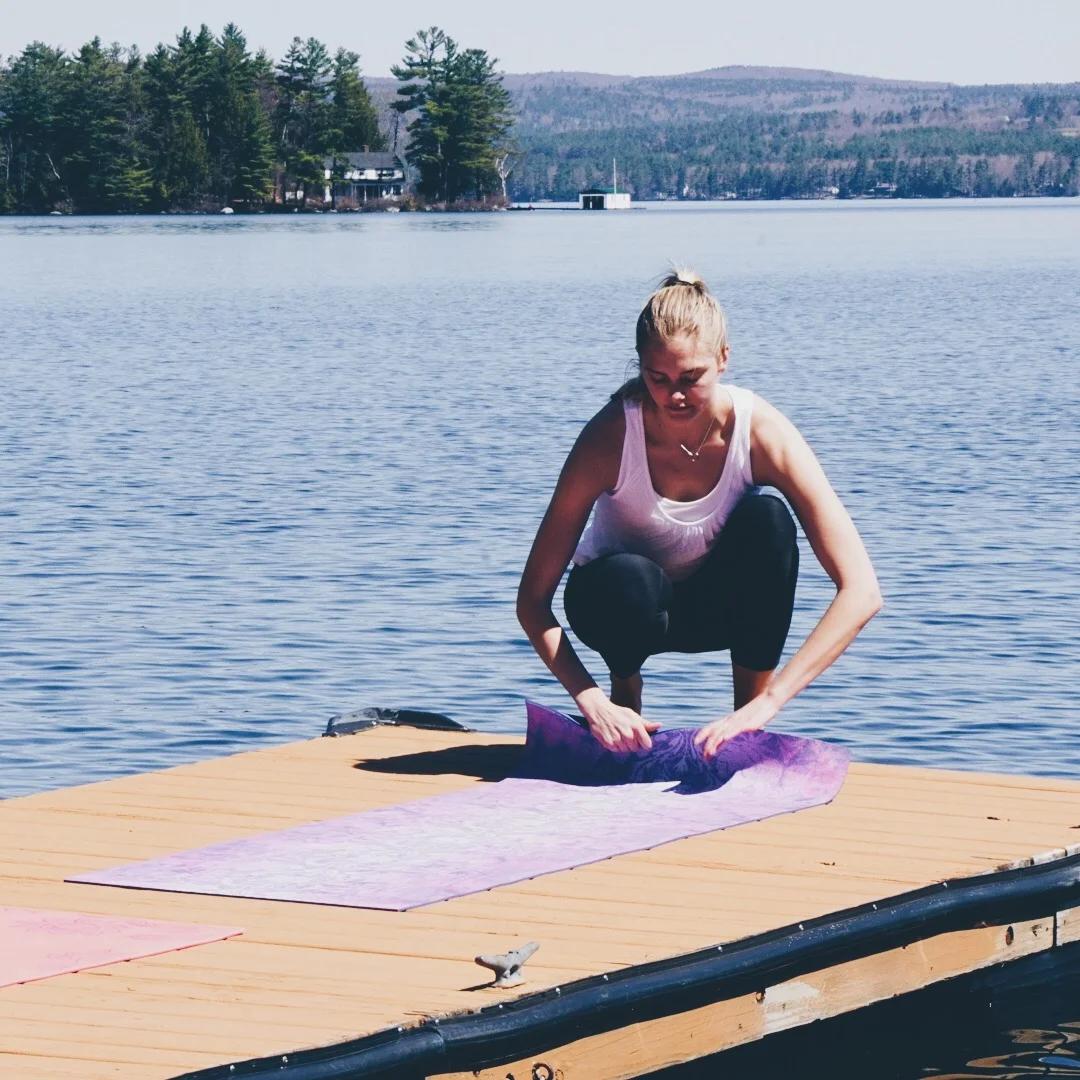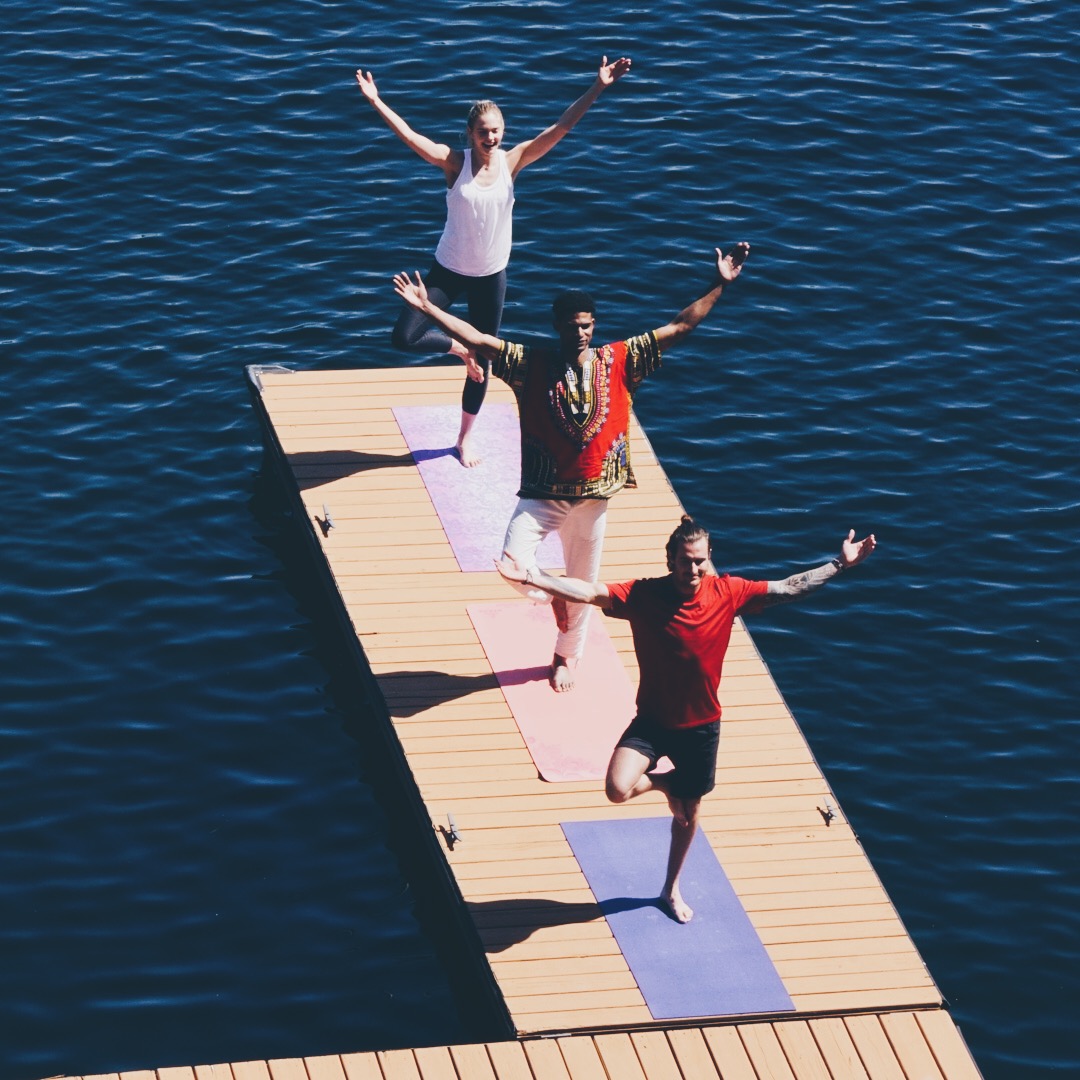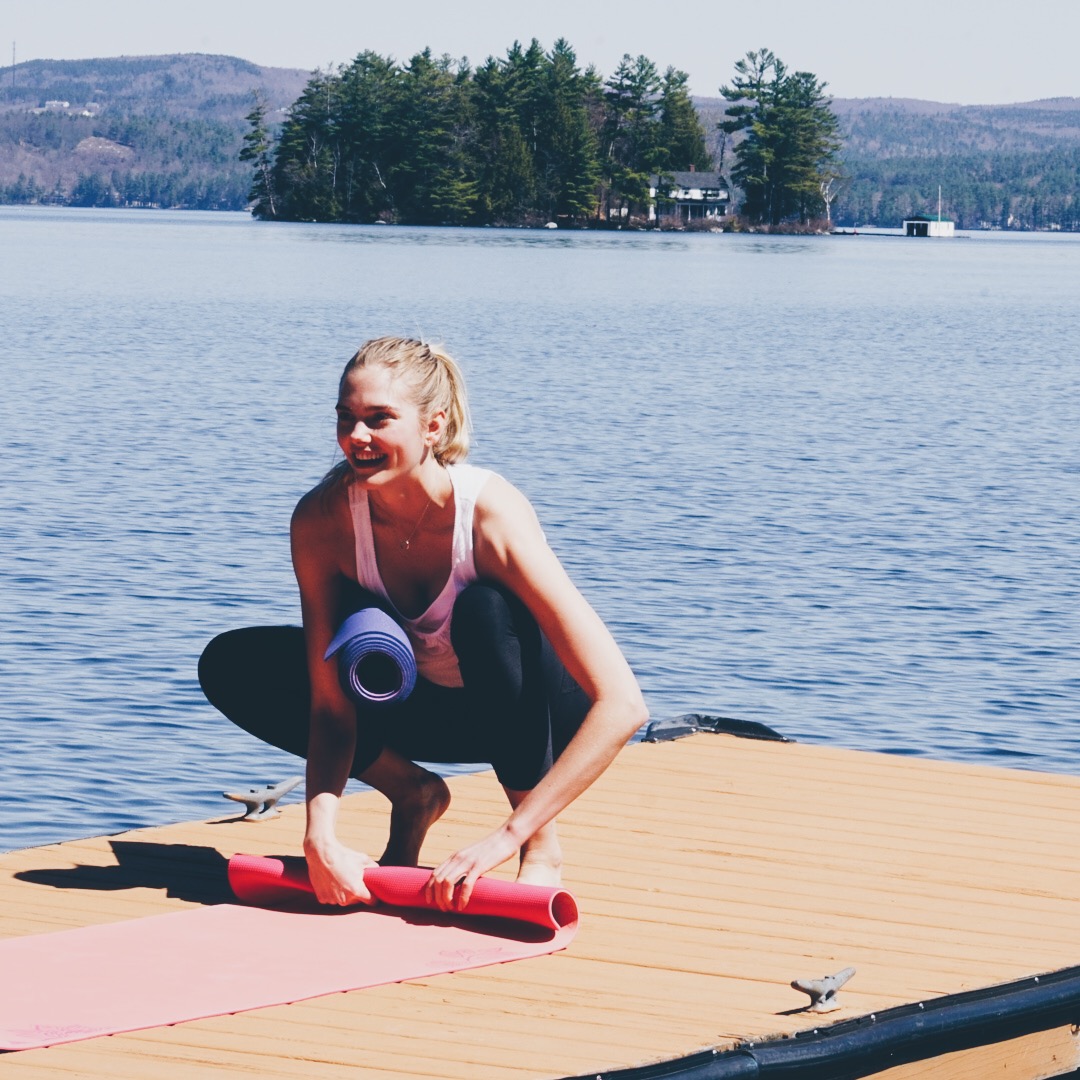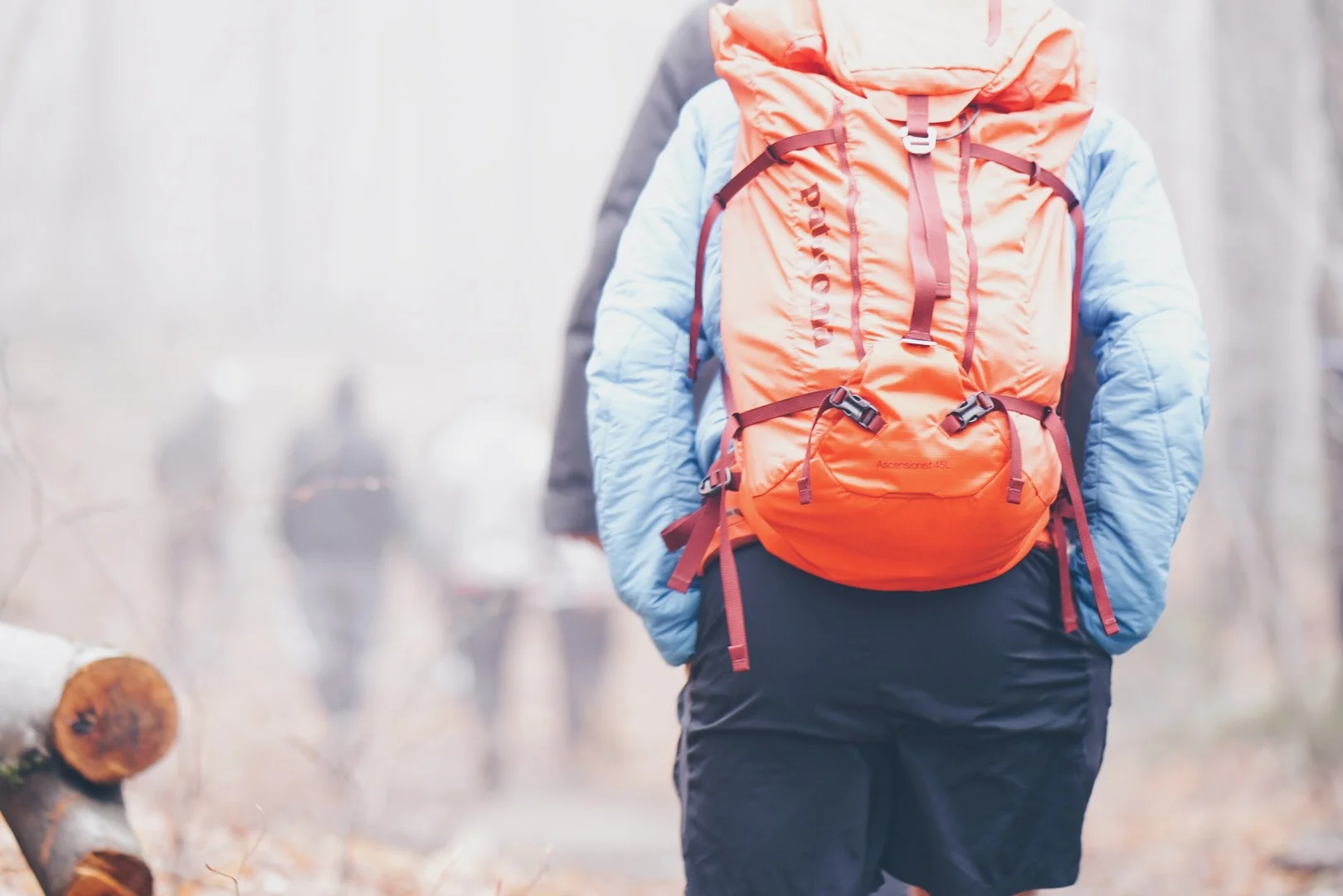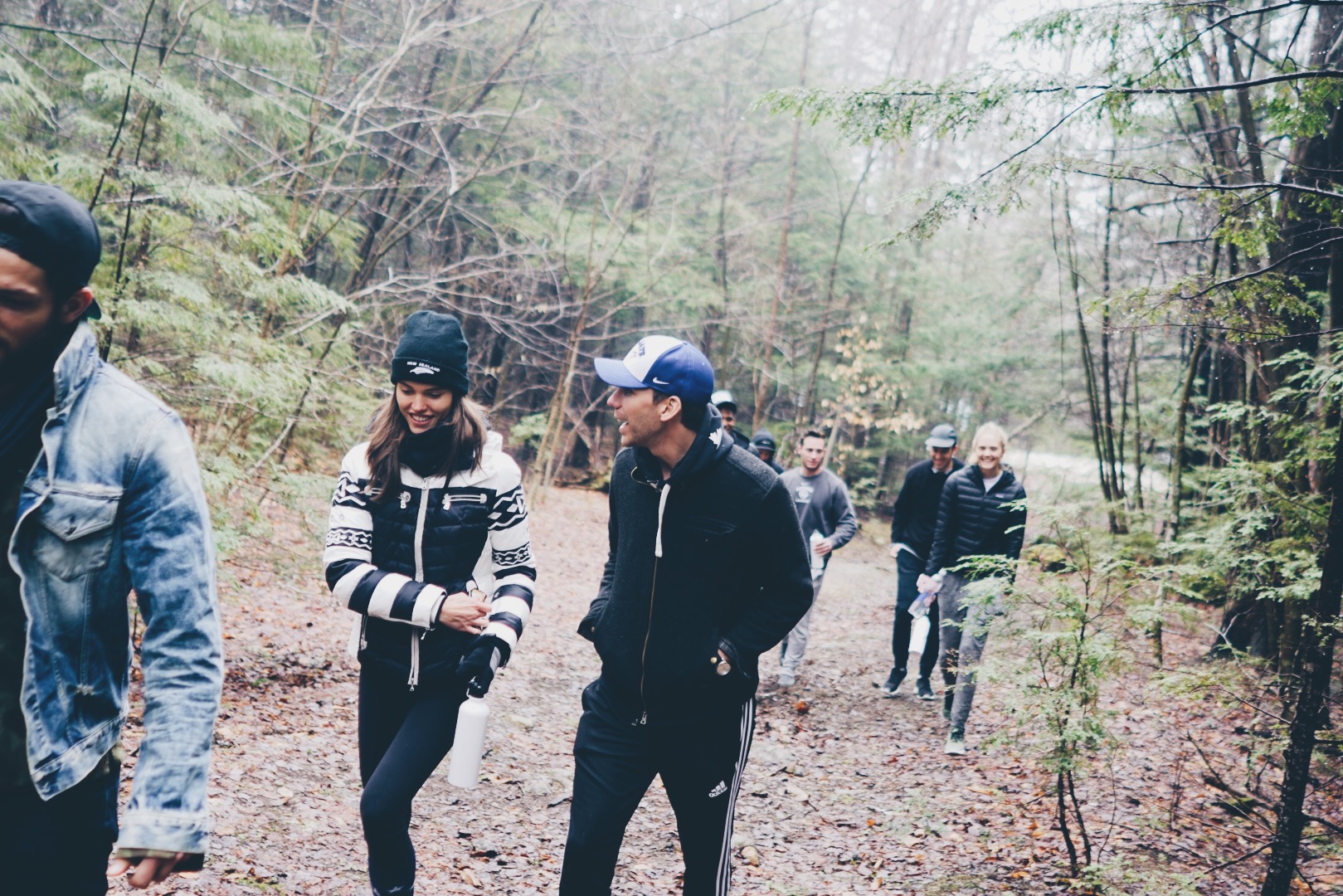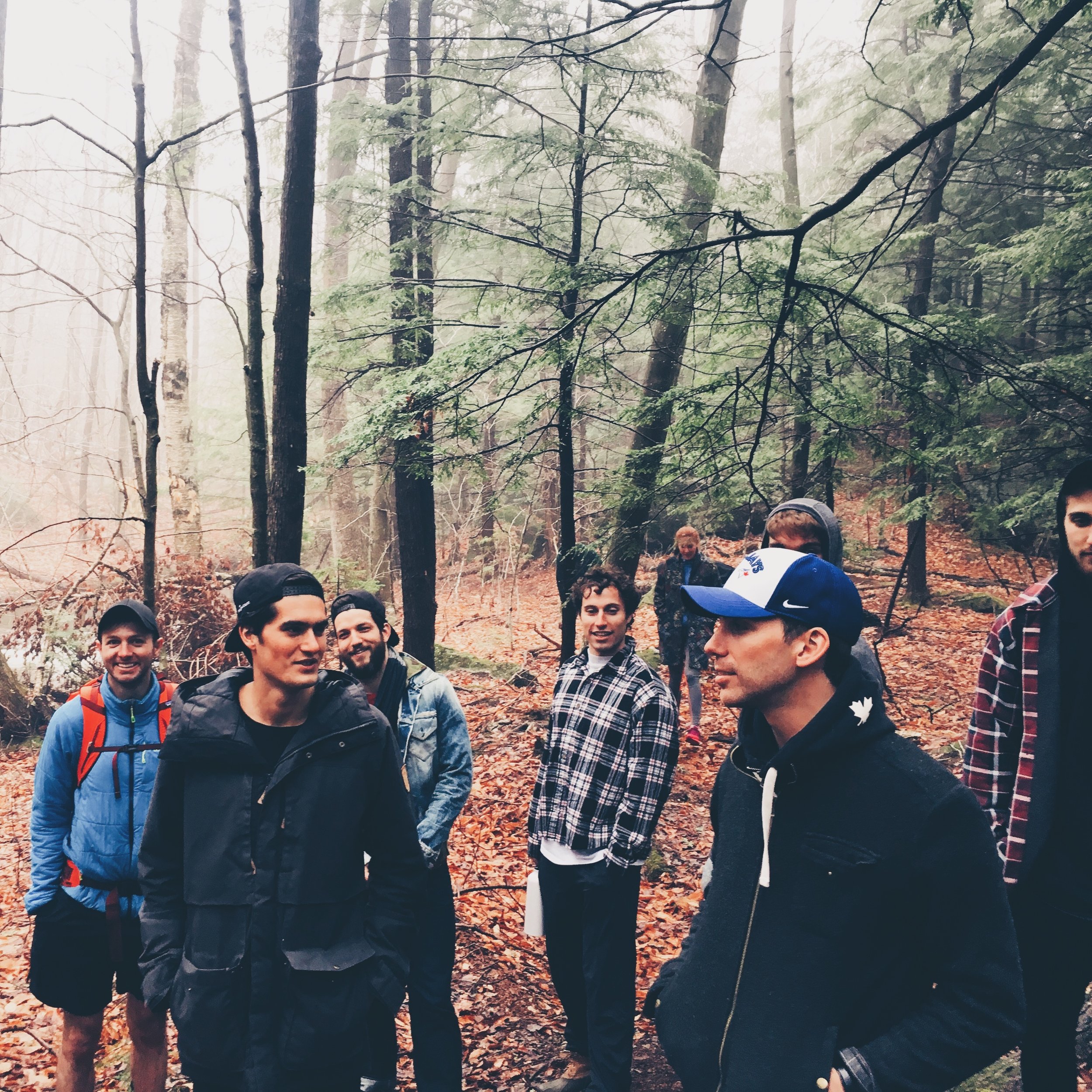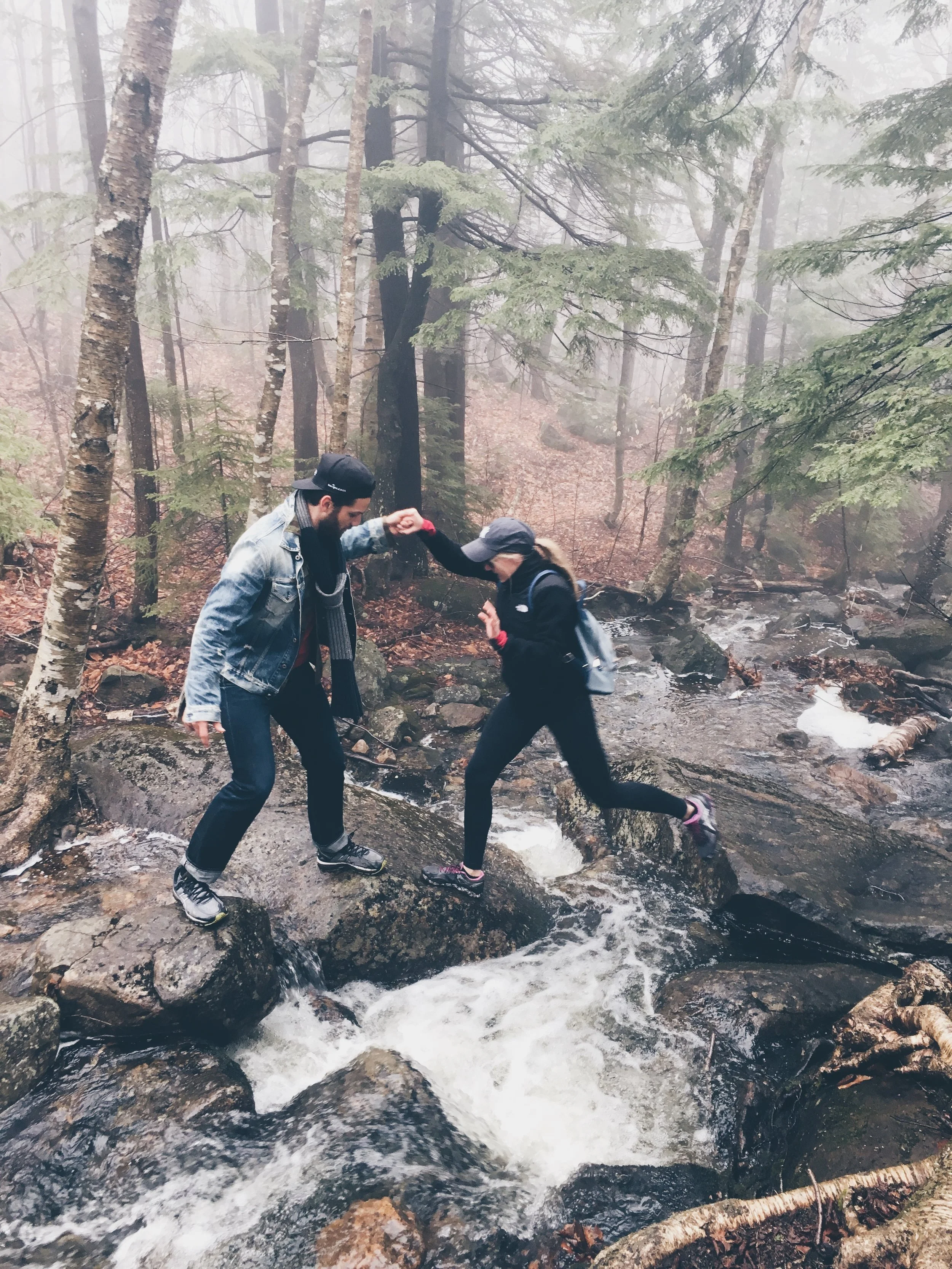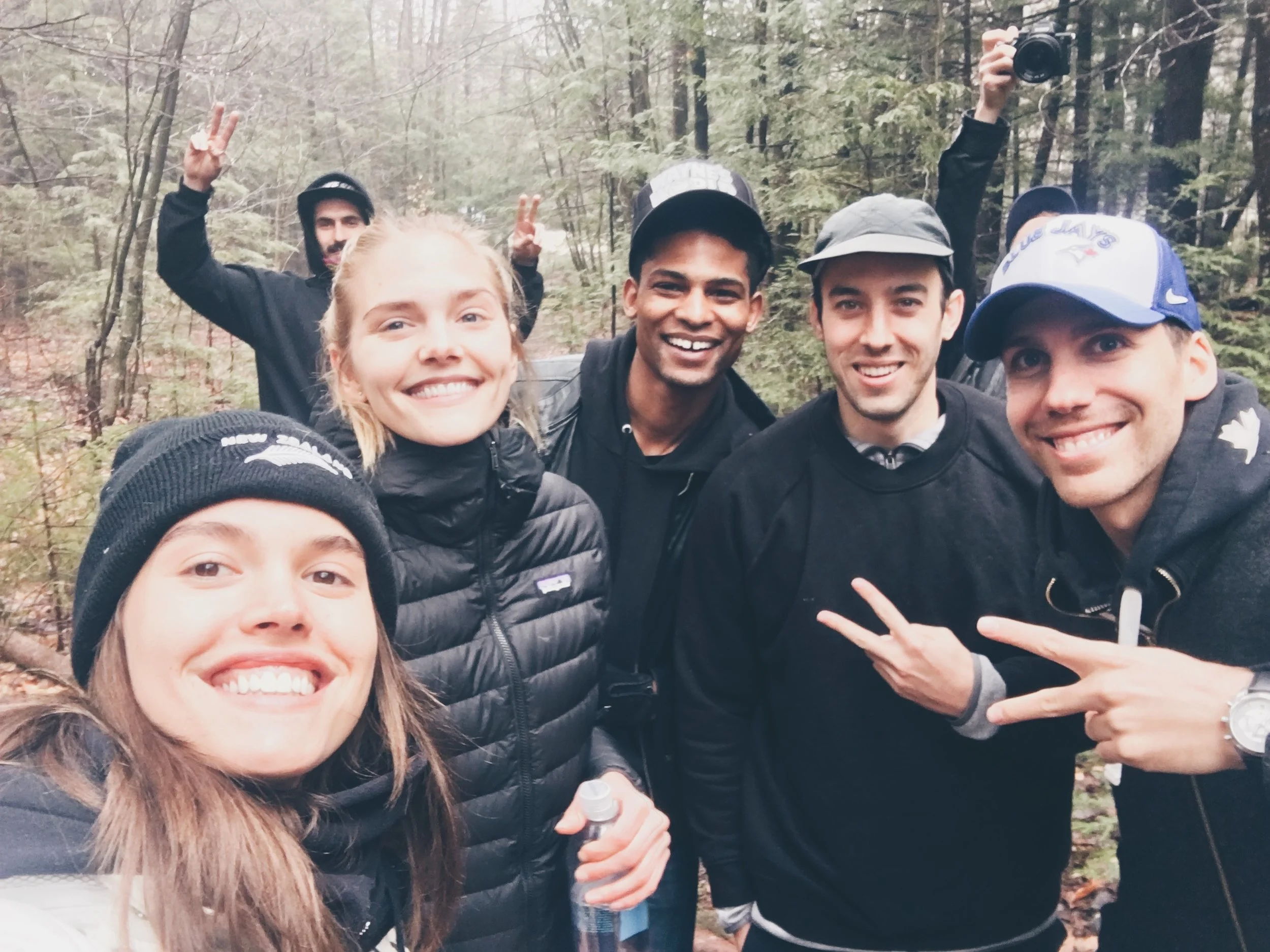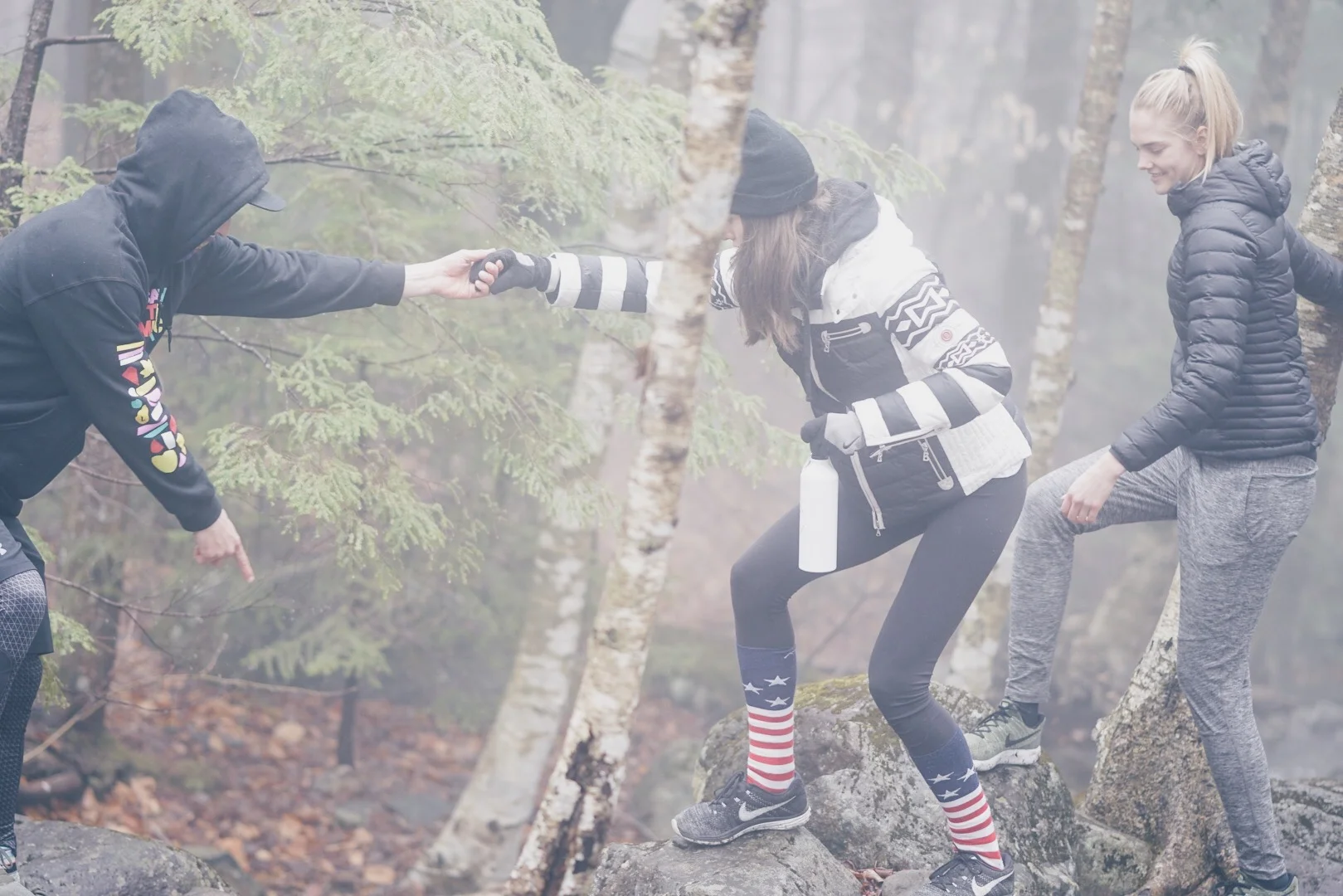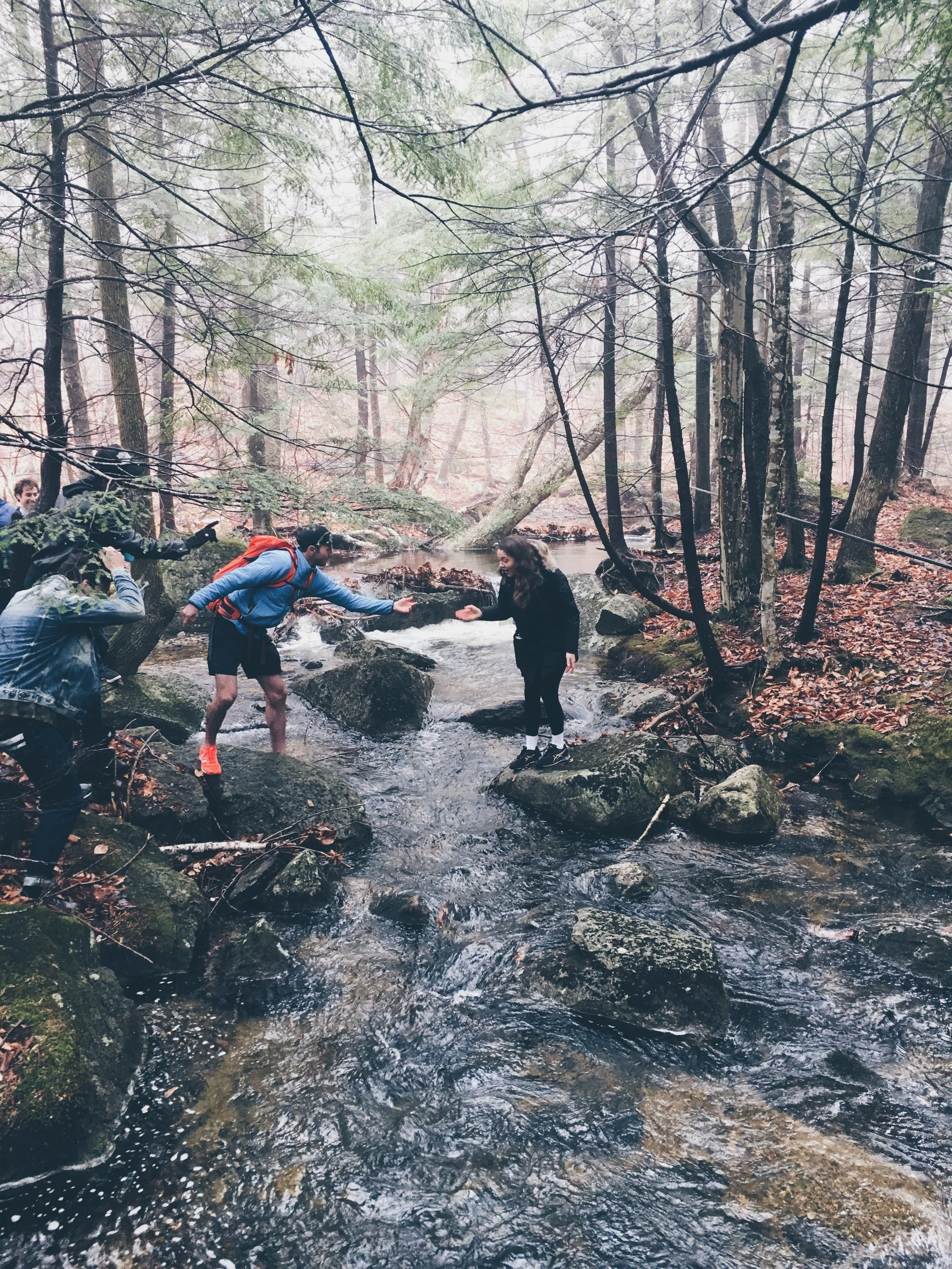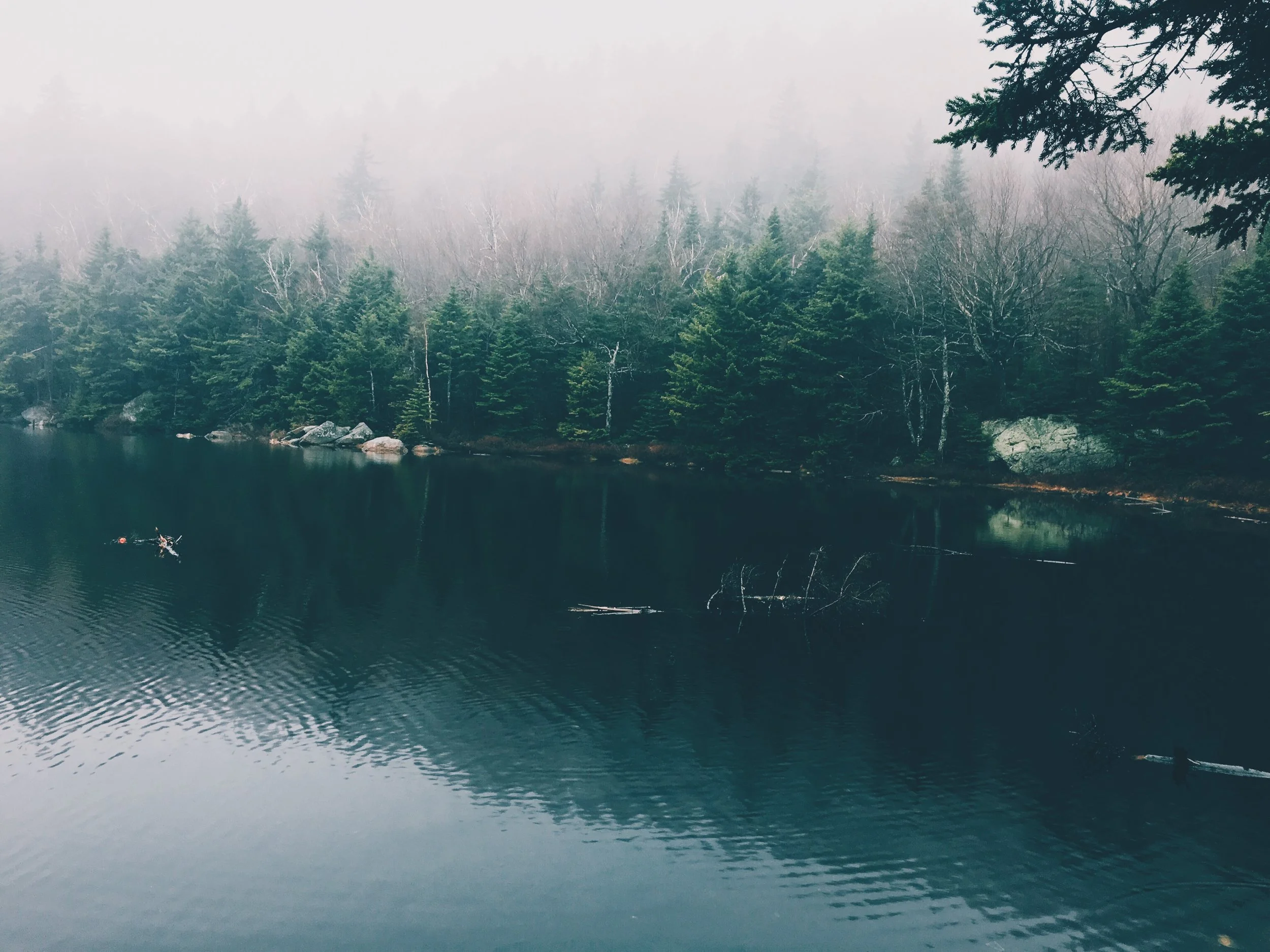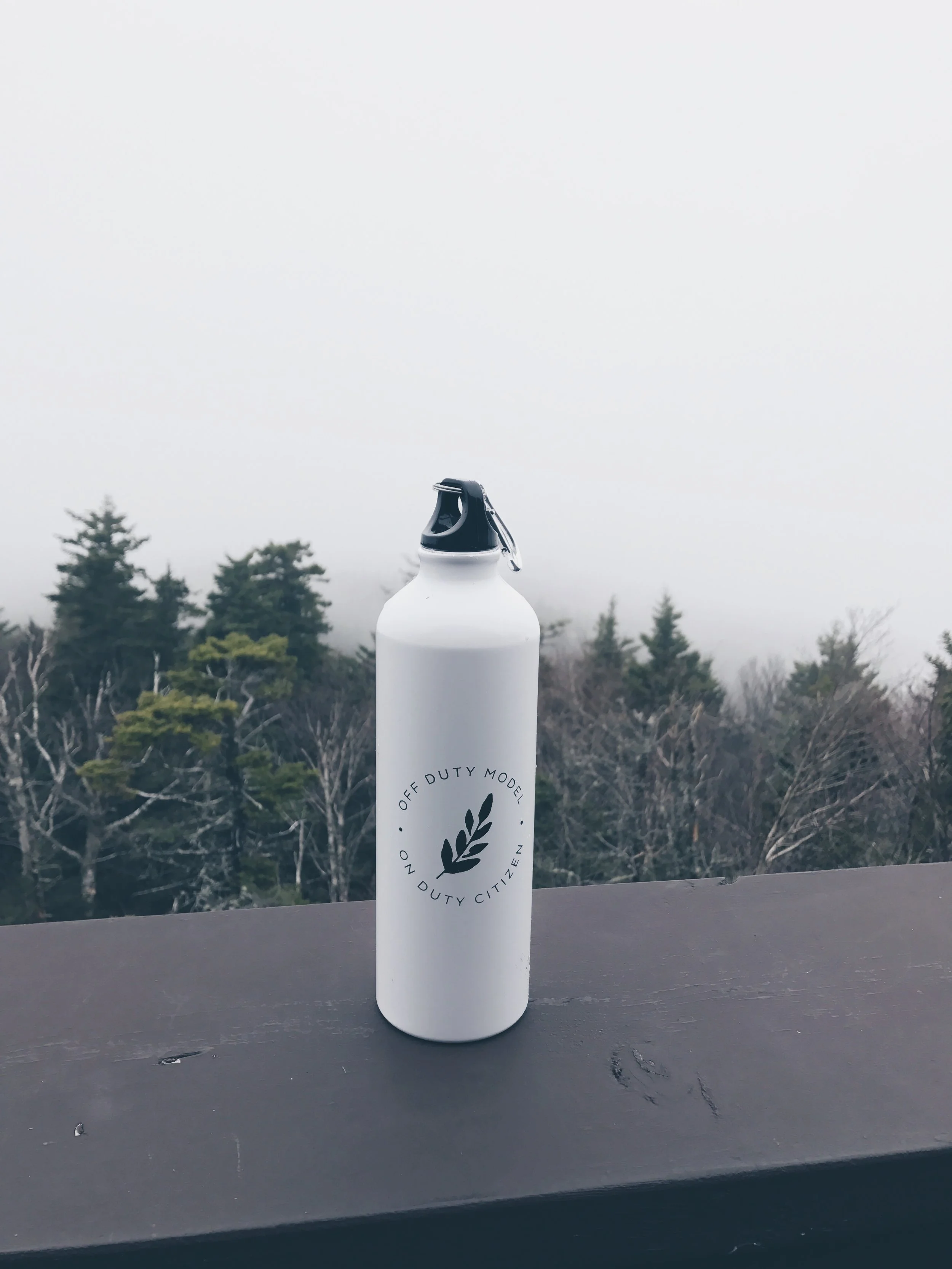For quite some time now I have been considering what had a greater impact on ensuring a sustainable future: the power of the individual action, corporate/government policy, or the combination of both. Leading up to the start of this year, I was an adamant supporter of ‘one action is better than none’, and still hold this mindset to be true. However, with the need to curb our carbon emissions becoming increasingly apparent, I have begun to understand the critical impact governments and big corporations have over the fate of our environment, health and well-being.
Sustainability seems to be a topic of nearly all discussions and the fact there is now more media coverage of the crisis at hand certainly helps the average citizen realize the effect that one small change in behavior has on influencing positive growth for the sustainability movement. Saying “No” to straws, banning plastic bags, bringing your own reusable mug, supporting sustainable fashion brands – these are the stepping stones we can take to get ourselves familiarized with the complex topic of climate change. Indeed, it was the collection of those individual actions that turned into “movements”, which got the media involved, brands more aware, and customers responding by voting with their dollar. It is from those first “baby” steps, that individuals can grow interested in tackling bigger problems at hand; dealing with those in power who control big corporations and governments and identifying where the money goes and what policies are in place. It is undeniable that both of these collectively have a huge impact of the health of our planet.
I knew someday I would personally evolve from championing the small individual actions to bigger things like getting involved in politics and striking more, but I think it’s important to note the balanced power of continuing on with your daily conscious habits and learning how you can influence whoever is in power. That, and the fact I became familiarized with youth activists and POC who have been disproportionately affected by climate change, an issue that they have been protesting for far longer than the sustainable movement became trending. With increased awareness, people who are new to the movement should acknowledge and support those who have been championing climate awareness before them and together uplift each other to organize into an unstoppable force.
With On Duty Citizen and my approach to life in general it’s been imperative with everything I promote to let the individual be influenced with easy to follow steps to grow, and to let them get involved in the movement on their own terms, albeit with guidance. If someone is thinking about joining the sustainable movement, I personally think they will join if they feel that their individual actions are a good start (for example, remembering to bring their reusable bottle). They’ll know with time that there is more to it than that, but as a first start I truly believe that is all we can ask of people.
For brands too, I have always championed bigger companies with infinite amount of resources ($) to take that first step, supporting the use of recycled materials in their production processes, even though they have the money to do much better. I think it’s different from an ethical standpoint, for example dealing with a company that doesn’t pay or treat their workers right. Perhaps we should call out/boycott them until they change all of their manufacturing processes. But when dealing with brands from a sustainable materials perspective, taking that first step to be more accountable is better than doing nothing at all. I’m confident they’ll see soon enough that the customers care about X, Y and Z and shift their production processes even further because, despite taking an initial financial cut, there will be profit in it for them over time. “Brands that are able to strategically connect (sustainability) to actual behavior are in a good place to capitalize on increased consumer expectation and demand.” - Entrepreneur
After roughly three years of promoting individual action, 2020 felt like the start of something new for me. I feel ready to “graduate” to the next level of activism. I have had years of building up my practices at home, starting On Duty Citizen, voting with my dollar and I knew I was ready for pushing for bigger change from those in power. It took a few years for me to get here, but I think it’s important to note the fact that it takes a lot of work to get to this stage. To feel that you can make a difference, especially with no background or ties in politics or corporate influence, is exceptionally frustrating. I also tend to get “compassion overload”, which is the feeling that there is so much wrong with who is in power, who is endorsing who, and where the money is going that I feel I can make no difference, especially when I wasn’t a U.S. citizen.
Nevertheless, as part of this journey I found the screening of these two films by Sunrise Movement to be the perfect start; Video one, Video two. Before watching the film with other climate activists, I did a little research to see what the Deal was all about and why Sunrise Movement was behind their policies and actions. For lack of me being able to really translate the intricate details of the plan, I suggest reading these two articles, one by New York Times and the other by The Intercept.
From what I understand, the Green New Deal provides a solution for the climate crisis by instating policies that would demand cutting greenhouse gas emissions all whilst tackling poverty, income inequality and racial discrimination. These issues, although separate, are all entwined within the climate crisis. And the solution would enforce advancements, like developing new technology, and also overhauling today’s grid, making it easier for homes and businesses that generate their own power to feed it back into the system.” –The Intercept. This in itself supports new job growth in the sustainable field (i.e. investing in renewable energy), and ensures everyone is paid fairly and doesn’t have to suffer from environmental pollution based on their income, race, or where they live, which is something that is definitely prevalent in today’s day and age. With regards to new jobs in the renewables sector, incoming Rep. Rashida Tlaib, D- Mich. states “it’s really exciting to be talking about rapidly building up our green, renewable energy infrastructure, because these are jobs that can and should go to our workers here in Michigan.” – The Intercept. Similarly, the same article presents the idea that “while a concerted transition to renewable energy could cost as many as 6 million jobs around the world in carbon-intensive sectors, it could create 24 million jobs, or a net gain of 18 million, and far more than the profound job loss that would stem from unchecked climate change.” –The Intercept.
The Deal looks at where the money is and where the money is going. “Given the fossil fuel industry’s role in creating an untenable situation for billions of people around the world, the government should step up and promote winners and create losers, which has happened before in the United States… Among the provisions of the committee resolution, fittingly, is that politicians who accept donations from coal, oil, and gas companies can’t be appointed to it.” – The Intercept.
“If companies are not held responsible for the pollution they cause, and the government does not act to protect all citizens, we may have several crises to choose from.”- The Guardian.
When it comes to living in polluted areas, “researchers embedded in the EPA’s National Center for Environmental Assessment released a study indicating that people of color are much more likely to live near polluters and breathe polluted air…. A focus on poverty to the exclusion of race may be insufficient to meet the needs of all burdened populations… Their finding that the magnitude of pollution seems to b e higher in communities of color than the number of polluters suggests, indicates that regulations and business decisions are strongly dependent on whether people of color are around. In other words, they might be discriminatory.” – The Atlantic.
What’s seemingly great about the Green New Deal is that “[it] is the only plan put forward to address the interwoven crises of climate catastrophe, economic inequality, and racism at the scale that science and justice demand.”–Sunrise Movement. I think a plan like this is needed more than ever, especially to counteract all of the Trump administration’s rollbacks on climate driven policies. “His administration, with help from Republicans in Congress, has often targeted environmental rules it sees as burdensome to the fossil fuel industry and other big businesses.” –New York Times.
What personally bothers me about politics in general is that nothing seems necessary until it is a crisis, and one that affects the rich, white people in power. Until they are personally affected, it will be seriously difficult to administer such positive change. Just like United State’s approach to the pharmaceutical industry, our administration pumps out and proposes medicine ‘solutions’ to fix what has already happened without looking inwards at the outright cause of such illnesses (in this article’s pretext, an environmental crises). Perhaps Trump being in power was ‘good’ in the sense that it ignited people like myself, interested individuals on the periphery, to care more. People have been concerned long before Trump, people who knew the land better than any new age environmentalist or environmental influencer, but now we have the power to collectively band together and realize the combination of our ability to organize, strike and vote, and that it is imperative in overhauling the power of those who govern us.
In the 1930s, the garment workers organized strikes in the wake of the triangle shirtwaist fire which ultimately led to the new deal labor protections. – AFL CIO. And “the United States has a rich history with effective uses of nonviolent resistance. It’s time of become familiar with it.”- The Guardian.
So, what can you do personally in addition to addressing bigger scale politics? Here are some suggestions!
• Familiarize yourself with politics, see if what is going on in office aligns with your individual values
• Check out this casual video series, Bridge Builders, I made with my friend Anne Therese; we go into detail about the importance of individual actions and what you can do to avoid getting overwhelmed with the environmental crisis.
• Follow youth and indigenous activists to get familiarized with the climate crisis from a different perspective.
o @indigenous.alliance.movement
• Support journalists covering environmentalism. Whitney Bauck of Fashionista is a favorite of mine.
• Support Sunrise Movement and the Green New Deal!
o Host a viewing party to showcase two films all about the Green New Deal and how we can collectively organize, strike, and vote to overhaul the current government in power. Video one, Video two.
o Host or attend strike circles; “Strike Circles are local groups of 5-15 young people from the same school, college, workplace, or neighborhood. Strike Circle participants go through a 6-week program together where you'll learn how to win a Green New Deal, learn organizing skills with friends, and recruit tons of people to strike on Earth Day!” –Sunrise Movement.
• Vote if you can!
